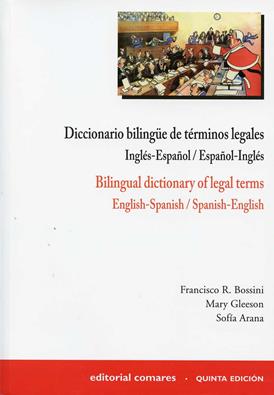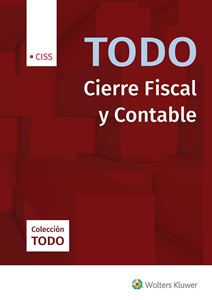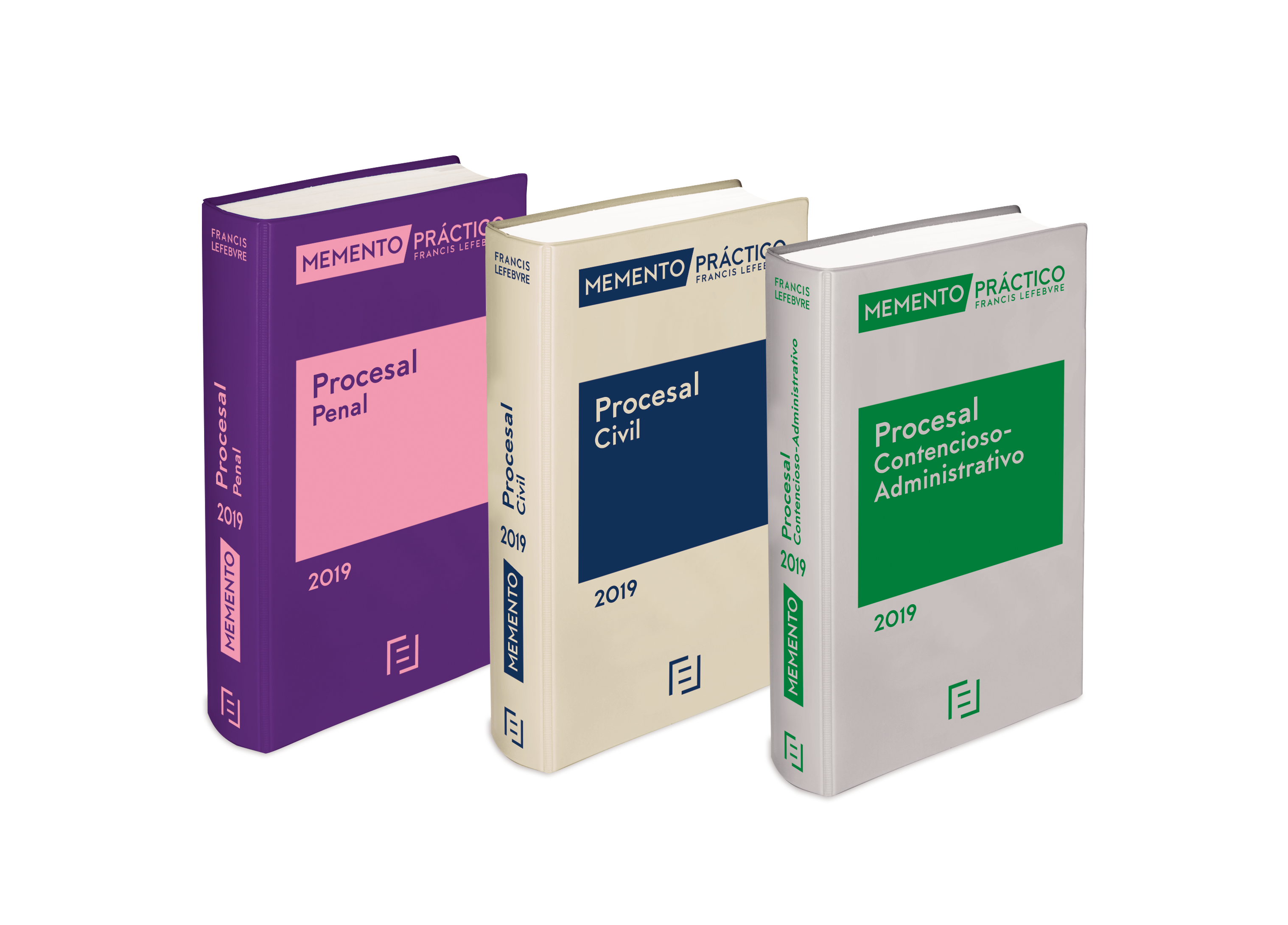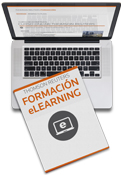Su plataforma legal en Internet. 2002-2019
|
TODO RENTA 2021 | MEMENTO IRPF 2021 Descuento y entrega en mano 24 h. gratis |
-
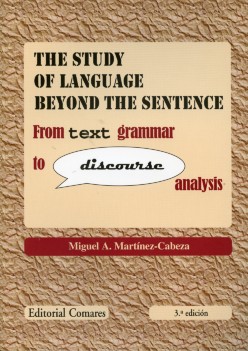
The study of language beyond the sentence
Autor(es) Martínez-Cabeza, Miguel Ángel , ISBN:9788498367683.
Editorial Comares
303 páginas, 3ª edición, En distribución desde enero 2011, INDICE
Precio: 20,00€ (iva incluido) bono-5% Entrega en mano en 24 H
PedirMás sobre Dº General
There is a well-known passage in Hamlet in which Polonius asks Prince Hamlet: “What do you read, my lord?”, and the Danish Prince answers: “Words, words, words”. This passage has very often been used to illustrate the range of literary phenomena, the power of language, the reflections upon language, even the change of English grammar in terms of tense and aspect. May aim is more simple since I just want to highlight a basic element: the relation between words and action, which is a phenomenon relevant to linguistics as the scientific study of language. The example taken from Shakespeare focuses on the problem in terms of an important issue.
Nowadays, at the beginning of the 21st century, the scope of the literature dealing with this issue is wide-ranging. The 50’s and 60’s consumed scholarly energy in the study of morphology and syntactic relations: the sentence became the Crown of grammar. The later 70’s and 80’s witnessed an era devoted to the linguistic consideration of textual structures, texture and textuality. A new focus had been achieved. Later, the 90’s concentrated upon discourse, the non-linguistic part of communication, the integration of textuality in communicative potentialities, and the consideration of language in use. There was even a further nuance: the cognitive approach. Mind became the in word in linguistics.
Consequently, turning back and looking back with zeal requires a strenuous effort. Many papers and books have been published on the relationship between language and action. The principles established by J.L. Austen and J.R. Searle in the sixties have become part of the common heritage of linguistics. The development of these ideas was followed by related concepts studied by other linguists. The Cooperative Principle, by H.P. Grice, or the Principle of Politeness and further applications, marked the concern for language in action. Naturally, university undergraduates need a coherent and comprehensive view from the bridge. This book offers potential solutions. It is a useful summary of concepts, ideas, developments, achievements, and problems on the research agenda of present-day linguistics. This book addresses the problem of text and discourse in terms of a continuum, a kind of scholarly rite of passage. The linguist tries to cross the threshold of syntax, the sentence itself. To do this, the linguist must go beyond the sentence into text, and later on he or she must go beyond the text into discourse. That is the realm of the unknown: presupposition, implicatures, negative face, positive face, face threatening acts, hedges, inferences and onwards. The terms may initially seem daunting. This book, however, explains everything simply and offers a view full of illustrations and avoiding unnecessary complexities. Furthermore, the final section in each chapter is an excellent summary of the previous exposition. The examples and exercises proposed are one of the most interesting features of this book. The section aptly titled ‘topics for discussion’ is intended to be used for the overt application of all the information previously expounded and discussed. The strenuous effort of reading and comparing different views and opinions will bear fruit. It is up to the reader who is seeking this type of knowledge to check his or her own understanding of the text and issues involved. The book proves to be a valuable introduction to the issues of text and discourse but also serves as a source of practical application of the matters discussed.
If the study of pragmatics is a must in present-day linguistics, grammar is ‘presupposed’ and semantics is ‘implied’. This book takes all this into account and explains the possibilities of study underlying the diverse grammatical and textual structures. The study of pragmatics seems to be central to modern language studies and this work carries out the task in a comprehensive and reader-friendly approach. The problems of discourse and communication can be easily grasped once one has completed the preliminary steps outlined in this book. After all, reading involves conversation, and conversation analysis is one of the milestones in the text and context issue.
JOSÉ LUIS MARTÍNEZ-DUEÑAS
Universidad de Granada
-
Otros productos recomendados:
Diccionario bilingue de terminologia juridica. Ingles-Espanol Espanol-Ingles
680 páginas, 5ª edición, octubre 2008, autor(es): Arana, Sofía; Gleeson, Mary; Ramos Bossini, Francisco
Descatalogado disponible nueva edición
Precio: 52,00€ bono-5%
Pedir Más info



